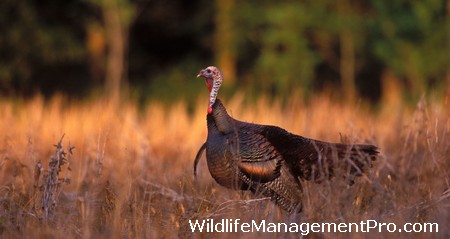The supplemental feeding of white-tailed deer in Mississippi is an important topic right now. Recent flooding along the Mississippi River alluvial valley caused thousands of deer to relocate to drier land. Research has proven that deer displaced by high water events will return to their normal home ranges within weeks of the flood waters receding.
As these deer return, questions exist as to the flood’s impact on available food supplies. The answer will depend on habitat conditions on each property. Portions of woody plants, called browse, should not be negatively impacted. However, lack of oxygen and sunlight will have damaged cool season forbs and native grasses and planted food plots. The full nutritional impact on returning whitetail will depend on relative amounts of each forage type available on their home ranges.
The need for artificial nutritional supplementation (feeding) should be determined by a wildlife biologist. However, if a supplemental feeding program is started, biologists with the Mississippi Department of Wildlife, Fisheries, and Parks recommend a complete ration consisting of protein pellets. This is a feed mixture in the form of a pellet that is nutritionally adequate for deer and contains crude protein, crude fat, crude fiber, vitamins, minerals, and does not contain any animal byproducts.
Shelled corn, rice bran, soybeans, and cotton seed hulls alone do not meet the nutritional requirements of deer. However, mixing corn or feeding soybeans with protein pellets will improve acceptance by deer and will increase energy intake. Rapid changes in the types of food ingested by deer can cause the onset of digestion problems that result in the death of deer.
If a land owner chooses to feed, feed should be provided from an above ground covered feeder or a stationary spin cast feeder. It is illegal to pour, pile, or place feed directly on the ground. Additionally, it is imperative to use the correct feed. Many people feel that feeding hay to deer during times of stress would be beneficial.
However, this is not recommended because deer have a complex digestive system and cannot digest hay due to the lack of needed bacteria in their stomach. Consumption of hay can actually burn more energy than gained. Deer will not benefit from eating only hay.
When providing supplemental feed to deer impacted by the Missippi River use caution. Whitetail have specific food needs and can not digest the same materials as domestic livestock. Use pellet proteins that contain protein, fiber and a complete ration of nutrients.
